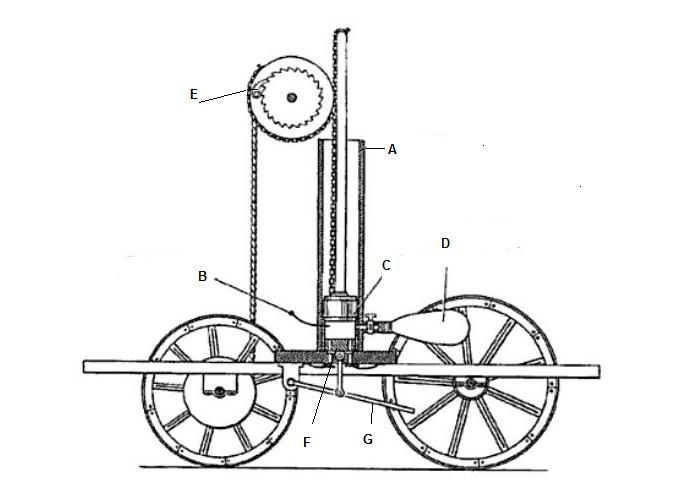
Hydrogen is seen by many as the fuel of the future—clean, abundant, and ready to transform transportation. But did you know that hydrogen-powered vehicles have a history that dates back to 1804? Franco-Swiss inventor Isaac de Rivaz built the world’s first internal-combustion engine, marking the beginning of the journey towards zero-emission transportation.
Isaac de Rivaz, an artillery officer with a passion for invention, pioneered the use of hydrogen as a fuel source over 200 years ago. In 1804, he designed an internal combustion engine that used a mix of hydrogen and oxygen gases, ignited by an electric spark. This was essentially the first internal combustion engine, and it was fueled by hydrogen. By 1807, de Rivaz had created the first hydrogen-powered vehicle, demonstrating a clean alternative to the steam engines dominant in that era.
De Rivaz’s hydrogen-powered carriage was revolutionary. De Rivaz’s hydrogen engine operated on the principle of internal combustion. Hydrogen gas was stored in a balloon connected to the cylinder, and a Volta cell provided an electric spark to ignite the gas, driving the piston upwards. The explosion released energy that propelled the vehicle forward. De Rivaz’s creation was not just a marvel of its time; it was the precursor to today's hydrogen fuel cell vehicles, which promise a zero-emission future.
One of the best aspects of hydrogen as a fuel is its emission profile. Hydrogen-powered vehicles produce only water vapor as a byproduct—there are no harmful pollutants or carbon emissions. Considering that transportation accounts for nearly 25% of global greenhouse gas emissions, adopting hydrogen-powered vehicles is crucial. Clean hydrogen technology offers a viable, eco-friendly alternative to fossil fuel-powered vehicles.
The legacy of Isaac de Rivaz lives on in modern hydrogen fuel cell vehicles like the Toyota Mirai and Hyundai Nexo. These hydrogen cars offer zero-emission travel combined with fast refueling and long-range capabilities. With growing investments in hydrogen infrastructure, these vehicles could soon become a common sight on our roads.
Governments and industries are beginning to recognize the critical role that hydrogen fuel can play in a greener future. As hydrogen production becomes more cost-effective and refueling infrastructure expands, hydrogen-powered vehicles are becoming more attractive to consumers and businesses alike. Transitioning to hydrogen-powered transportation can significantly reduce air pollution, improve public health, and help fight climate change.
Isaac de Rivaz’s 1804 hydrogen-powered engine was far ahead of its time. Today, we have the opportunity to realize his vision for clean energy transportation. Investing in hydrogen infrastructure—such as refueling stations and green hydrogen production facilities—is crucial for making hydrogen-powered vehicles accessible to all. By supporting this infrastructure, we can create a future where clean hydrogen fuels our cars, trucks, and buses, contributing to a sustainable world.
By embracing hydrogen as a fuel, we can create a cleaner, more sustainable future—one where our vehicles preserve the environment rather than harm it. Let's honor Isaac de Rivaz’s legacy by making the hydrogen dream a reality, driving towards a greener, cleaner future for all.
_edited.png)
Comments